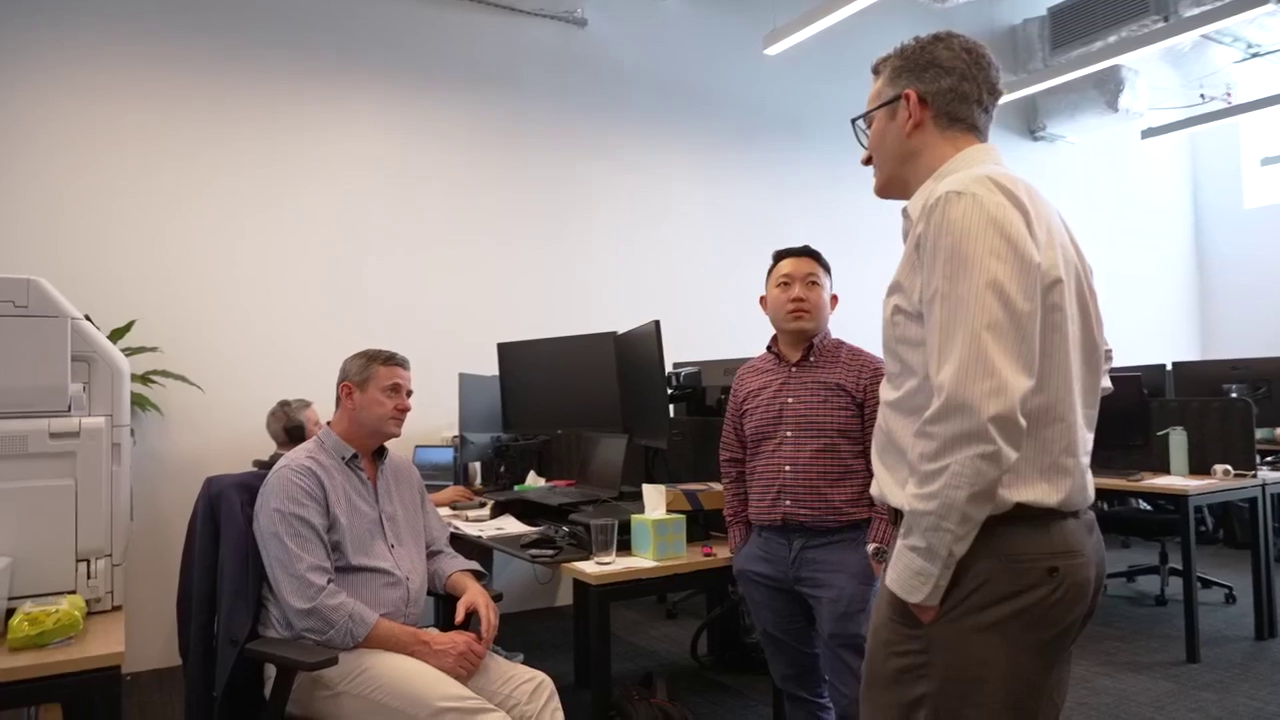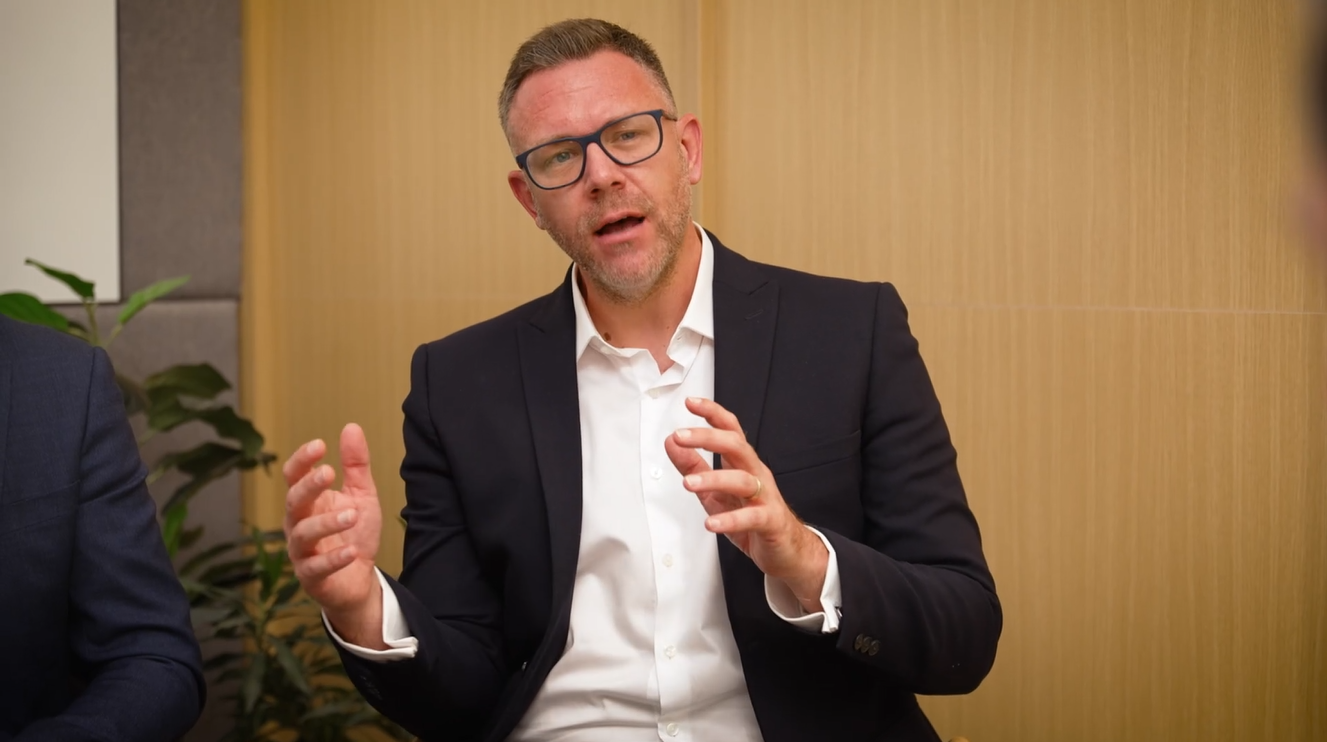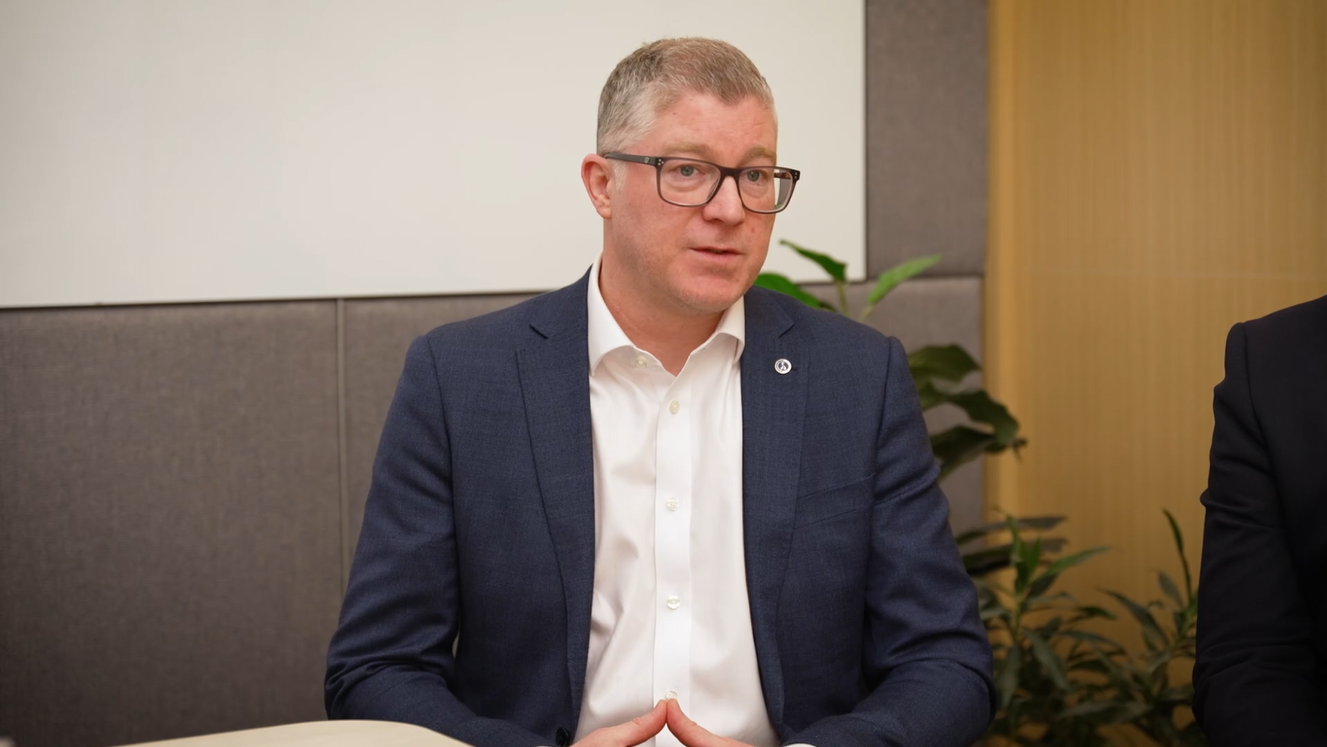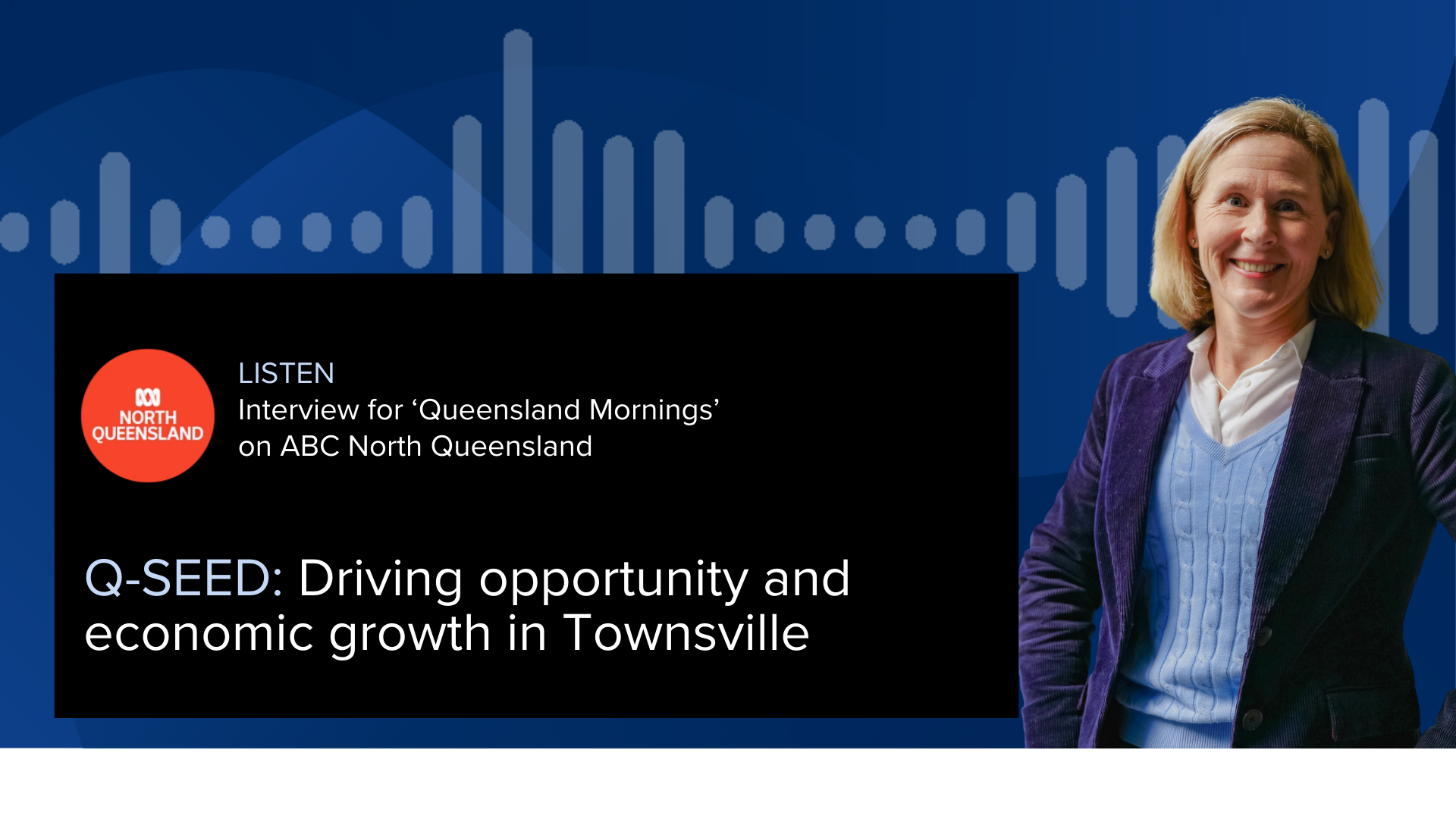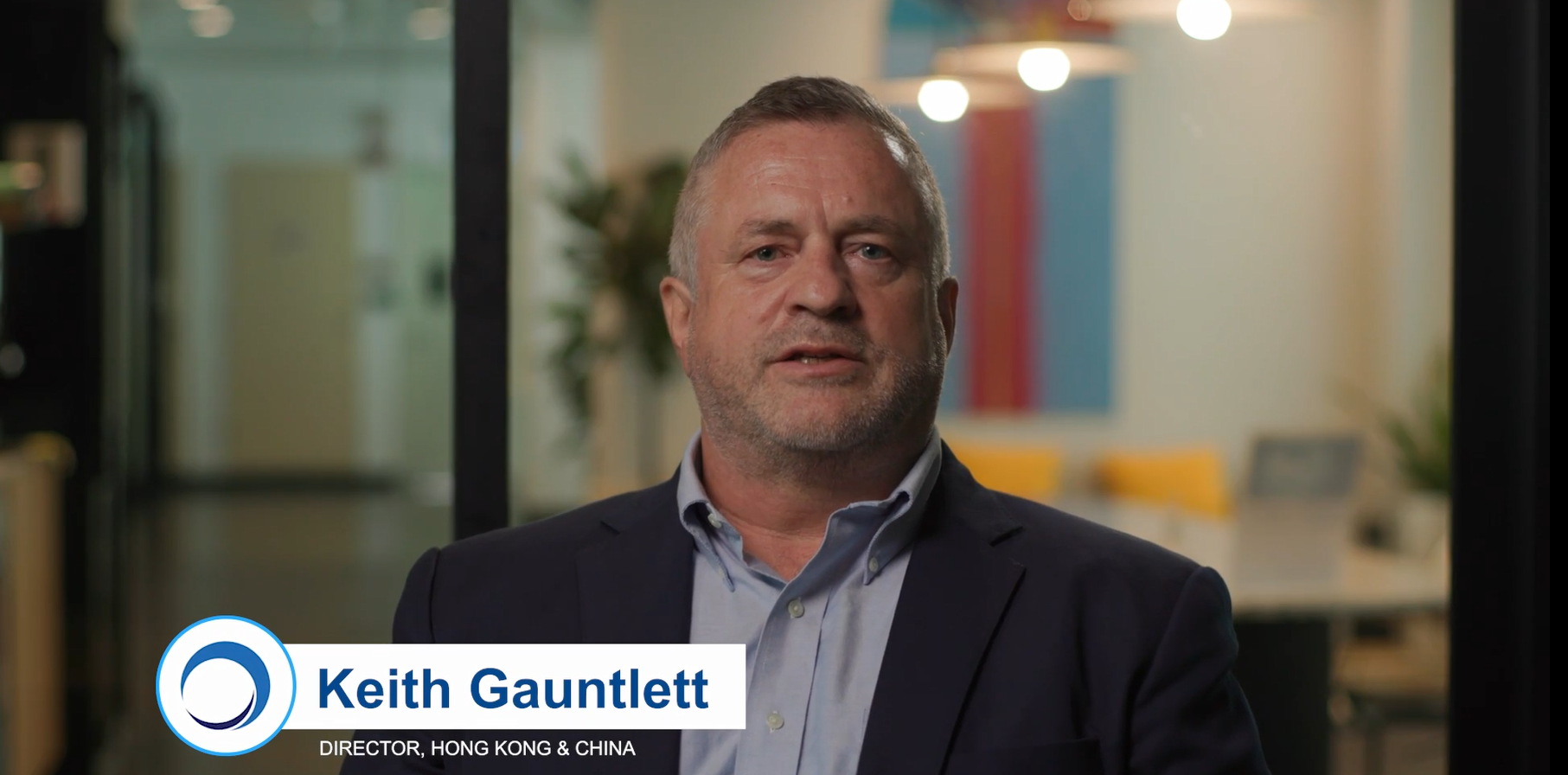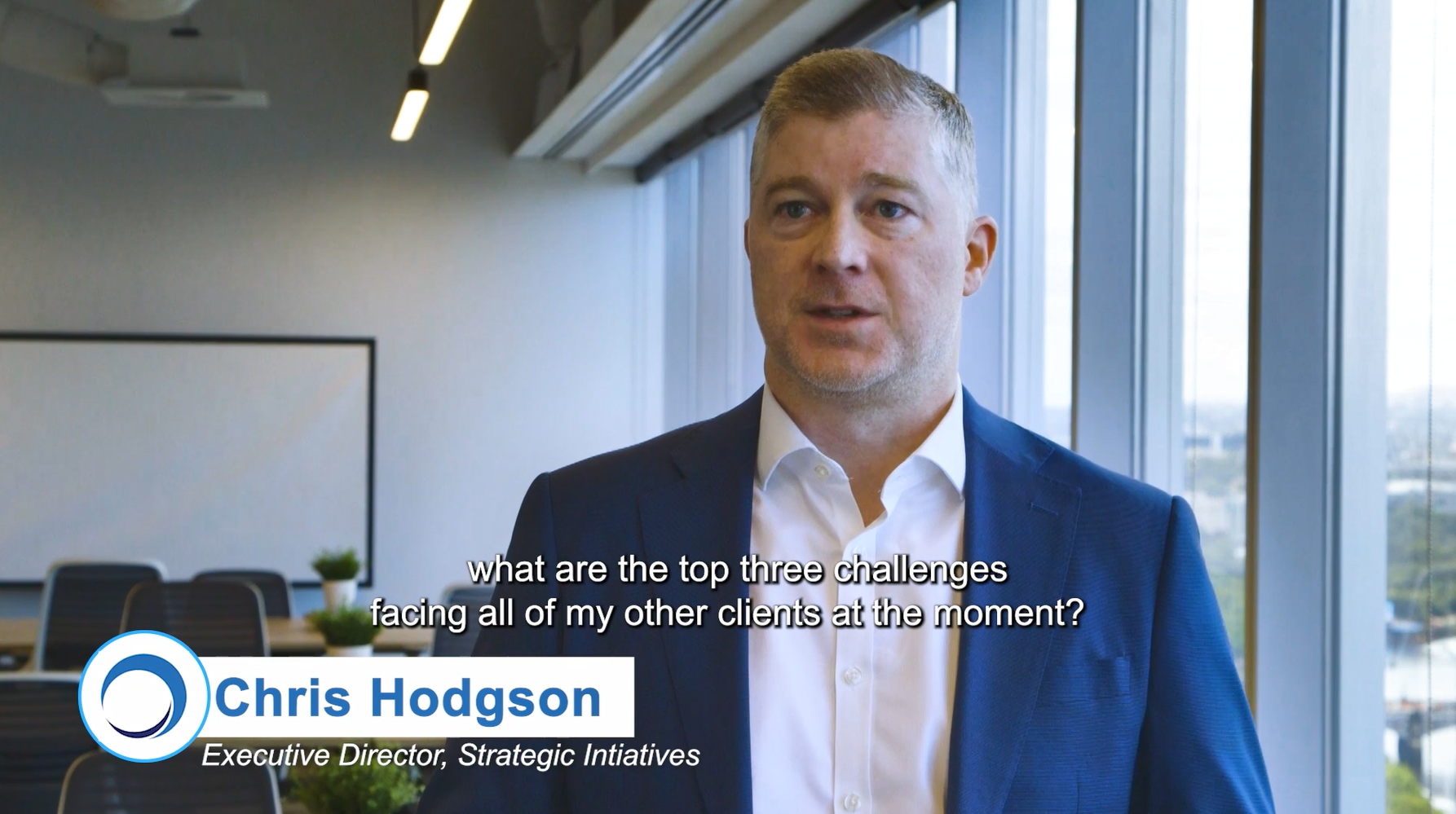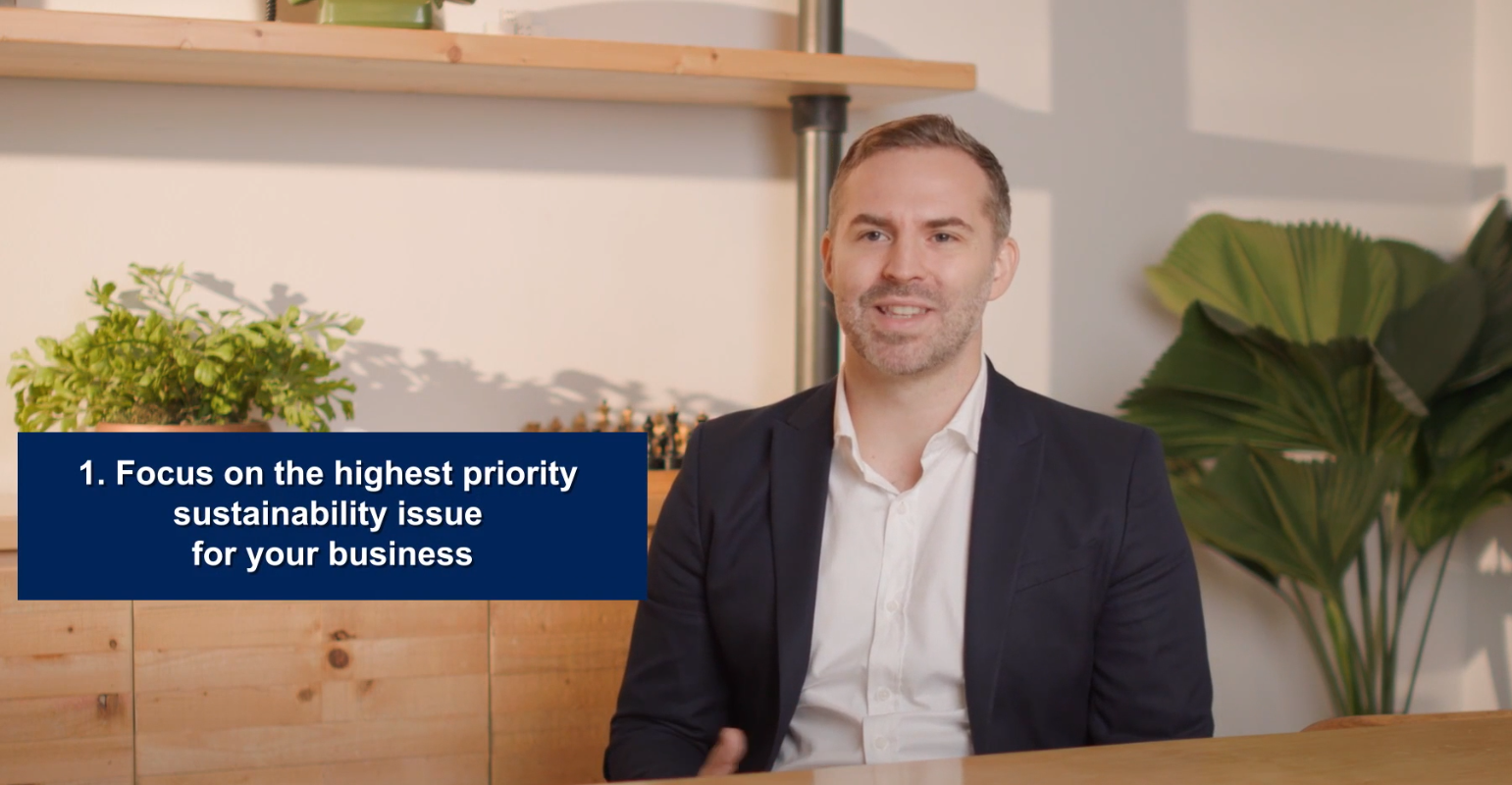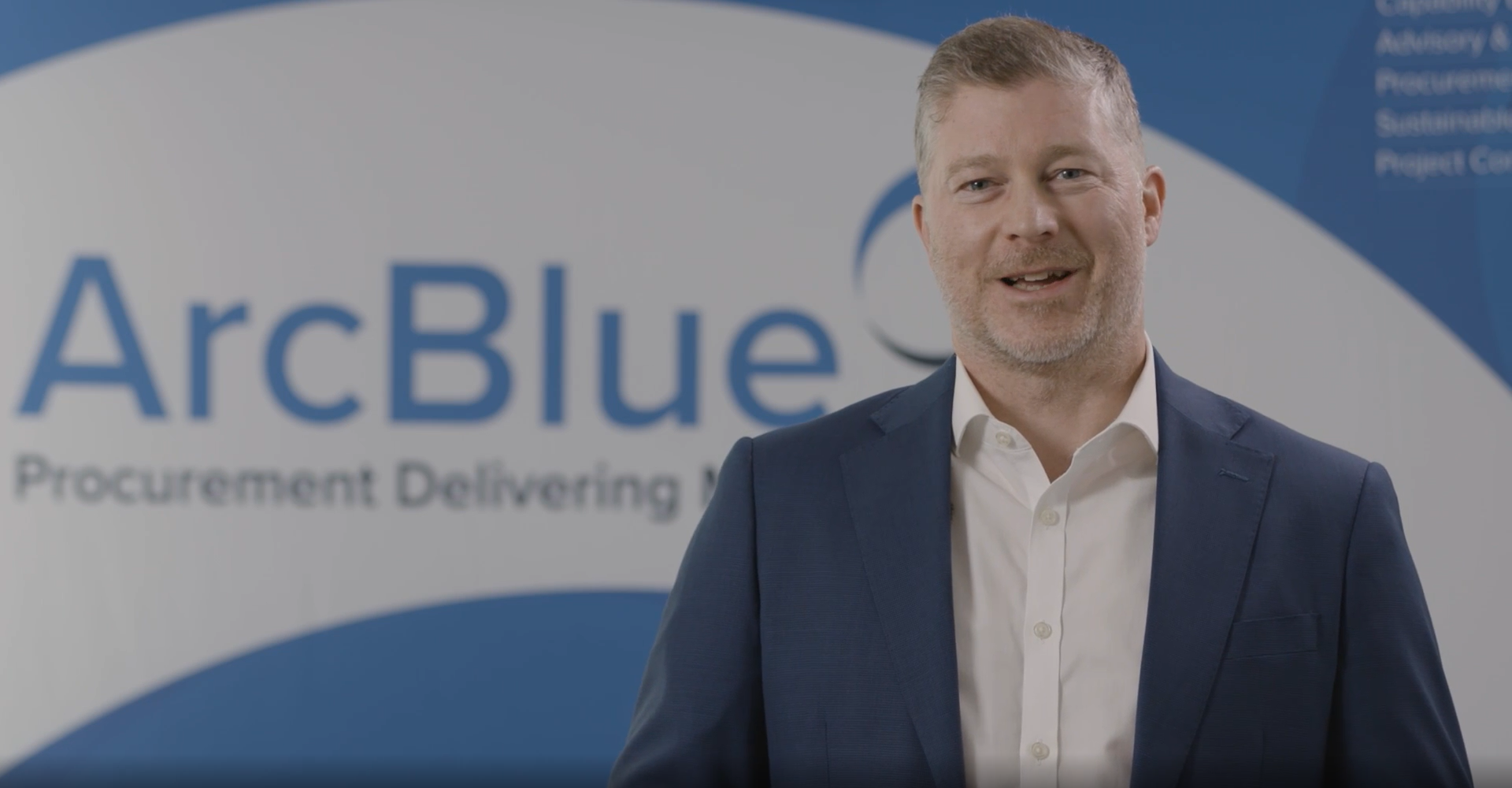- VIDEO
Cost Optimisation Series:
Part 1 - How Data is Transforming the Procurement Landscape
December 2024
“All starts with the data. It’s not only data, but it all starts with the data. You need to really pull the lid back on the spend, on who it’s with, what it’s on, who is spending it. You need to go deeper to understand why they’re spending it…” ArcBlue’s Savings Programme experts, Chris Hodgson and Chris Gardner, share insights into the critical role data plays in driving cost optimisation, improving transparency, and supporting informed decision-making.
Featured
Related Services
Transcript
Dan R: Chris, what are some of the common things that stakeholders are asking Procurement?
Chris G: I think the first one is, Help me understand the landscape. How am I performing today? What does my business look like? What’s that transparency really telling me?
But also, I think Procurement has got a role here to inform the business on what’s new, what level of innovation is coming, where are suppliers able to unlock value by working with us as a business.
Too often we see suppliers and businesses clashing and pushing against each other, and that drains a lot of energy. Stakeholders will often say, I have a problem, can you help me solve it? And that’s where really the engagement that Procurement has with third party suppliers and the wider market can really unlock value.
Chris H: I think sometimes Procurement gets engaged too late in the process. It’s often, I have a problem. My supplier is not performing. I have been overcharged. Procurement, please come and fix my problem; which is fine, it’s a starting point for an engagement. But actually, before when you’re putting the contract in place, what are the ‘gotchas’? What are the clauses I need to look out for? What should the performance regime look like in the contract? How do I measure success? How do I align that to organisational success and reflect that back into the contract? How do I set up a KPI regime that doesn’t take three weeks of every month to report on and check? So, things that are efficient and pragmatic.
And I think that doesn’t happen at the front end often enough. It often happens when there’s a problem. So again, just that early engagement I think is quite important.
Chris G: And I’d probably just also add one other thing is, make it simple. Too often we can overcomplicate that story. Make the story really simple, make it believable, but help me understand what’s going on and what actions I need to take.
Dan R: Cost savings programs are not just about delivering a bottom-line impact, they’re also a strategic lever for unlocking performance and value in an organisation. When we look at unlocking greater value in non-traditional areas, it requires a lot of experience. And one of the common problems that we’re seeing is identifying where the savings are going to come from. Chris, how important is it to have quality data when running a cost savings program?
Chris H: It’s absolutely essential. It’s a critical component to any savings or cost optimisation program. All starts with the data. It’s not only data, but it all starts with the data. You need to really pull the lid back on the spend, on who it’s with, what it’s on, who is spending it. You need to go deeper to understand why they’re spending it. It is the core foundation for our savings programs. We always start with the data. We take a very data-driven approach. Now, it’s not always easy to get that data, so there’s often a bit of a barrier there.
Dan R: Cost reduction programs often receive pushback from stakeholders. Why is this?
Chris H: Fear, often, of change. It’s often seen as you’re coming into my area, and you’re going to critique and criticise what I do. There’s also fear of control. Are changes going to be made that are outside my control?
I think it’s really, really important that we invest the right amount of energy and effort to engage with each business unit that is impacted, to understand what their motivations are, obviously understand what it is that they’re doing and why they’re doing it, but also their motivations and their fears. What are they concerned about? Maybe we can help manage that.
Chris G: I think it starts with credibility, Dan. So, I think being in a position where that data is completely clear creates transparency for CFOs and for the business to gain the credibility, but also to enable them to make data informed decisions and strategic direction for the business as a whole.
KEEP WATCHING






